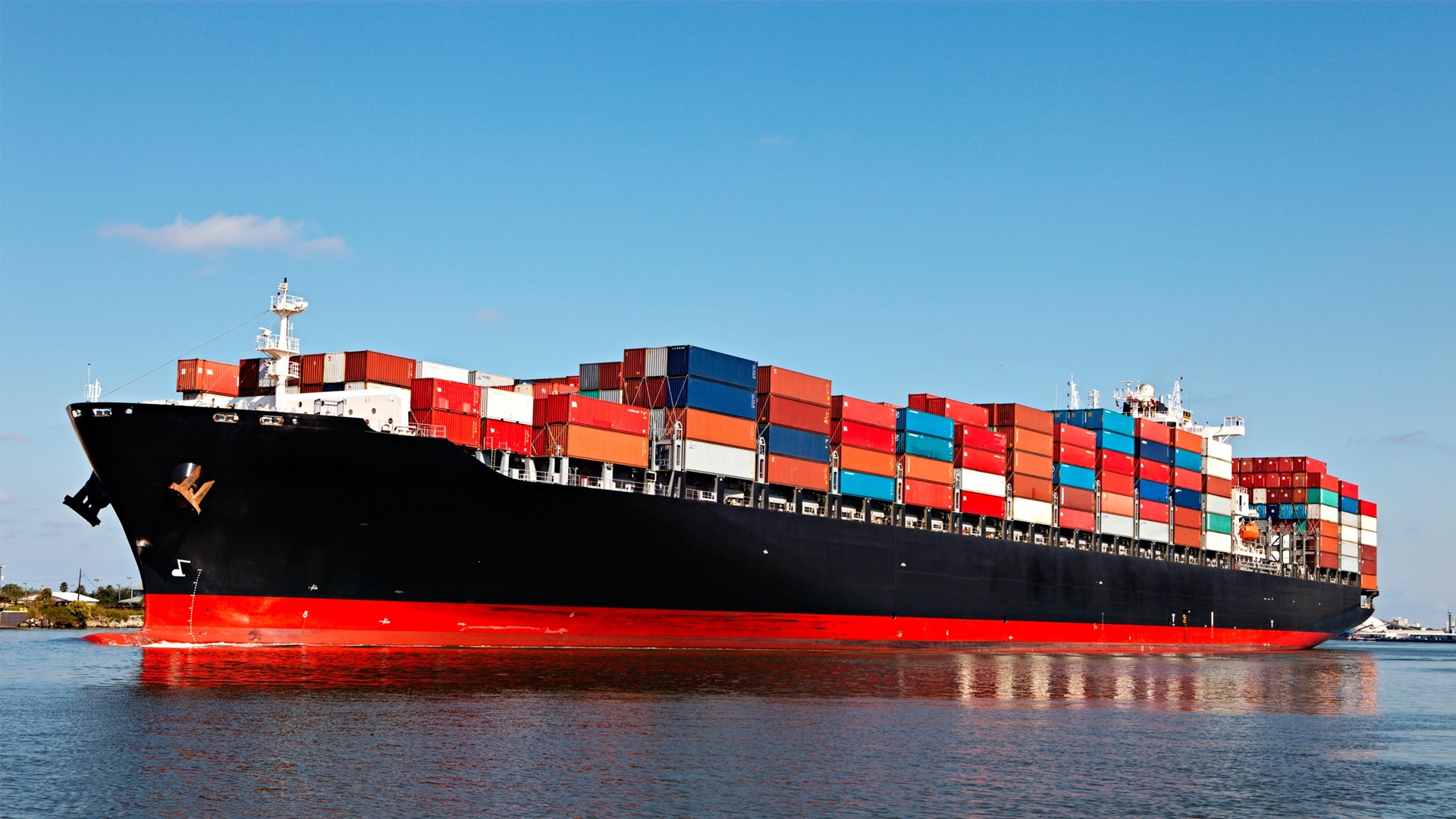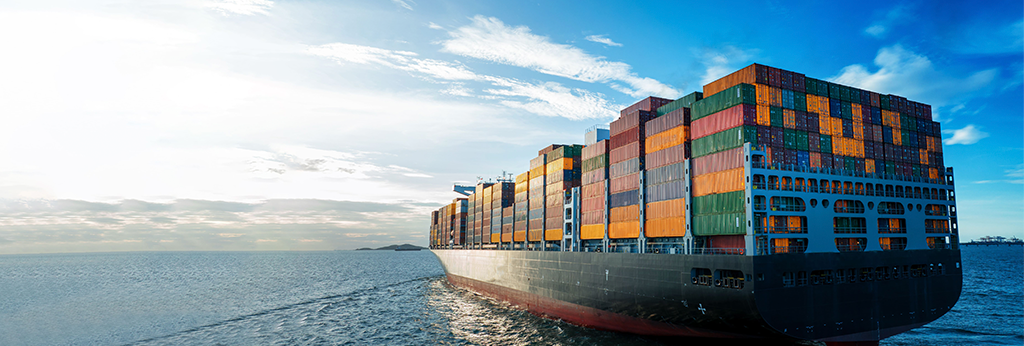
Sea freight plays an indispensable role in the realm of international logistics, acting as a cornerstone for global trade. From raw materials to finished goods, from foodstuffs to electronics, maritime shipping connects global markets, offering a cost-effective and high-capacity transportation solution. In this blog post, we'll explore the basic process of maritime shipping and its pivotal role in international trade.
Cargo Preparation and Pre-Processing
Before being loaded onto a ship, cargo needs appropriate packing and labeling. This includes ensuring that packaging can withstand the rigors of long sea voyages and that all necessary documentation, such as packing lists and commercial invoices, is attached.
Containerization of Goods
Containers are the most commonly used transport unit in maritime shipping. Once the goods are containerized, they are transported to the port and loaded onto a designated vessel.
Vessel Loading and Departure
After the cargo is loaded onto the ship, it embarks on its journey following a predetermined route. During the voyage, the ship may call at multiple ports to load and unload various cargoes.
The Voyage
Throughout the voyage, the ship's speed, route, and safety are managed by experienced crew members and the captain. Modern tracking systems also allow shippers to monitor the real-time location and status of their cargo.
Destination Handling
Upon arrival at the destination, the cargo is offloaded at the port and goes through customs clearance. This process involves paying duties, completing necessary customs declarations, and ensuring all import documentation is in order.
Inland Transportation
Once cleared, the cargo is transported to its final destination, often involving trucks, railways, or other forms of land transportation.

Cost-Effectiveness: Compared to air and land transportation, maritime shipping is usually a more economical choice, especially for bulk goods.
High Capacity: Sea freight can handle large volumes of cargo, making it ideal for heavy or voluminous goods.
Environmental Friendliness: Relative to other modes of transport, Sea freight has a lower carbon footprint.
Slower Speed: Sea freight has a higher time cost compared to air transport.
Dependence on Port Infrastructure: Sea freight relies heavily on port facilities for loading, storage, and transportation.
Potential Delays: Due to various factors such as weather and port congestion, Sea freight can experience delays.
Sea freight is a vital pillar of international trade and logistics, offering a high-capacity, cost-effective mode of transportation. Although it may not be as fast as air transport, its role in global trade is irreplaceable. Understanding the process of Sea freight can help businesses and individuals better plan and execute international transport, ensuring that goods reach global destinations safely and efficiently.

Wing Shipping offers various logisticssolutions for Chinese exports, including air,sea, and rail freight. We promote tradebetween China and the world, contributingto the development of your business.
Wing Shipping offers various logistics solutions for Chinese exports, including air, sea, and rail freight. We promote trade between China and the world, contributing to the development of your business.
Copyright 2024 Wing-Shipping. All Rights Reserved.